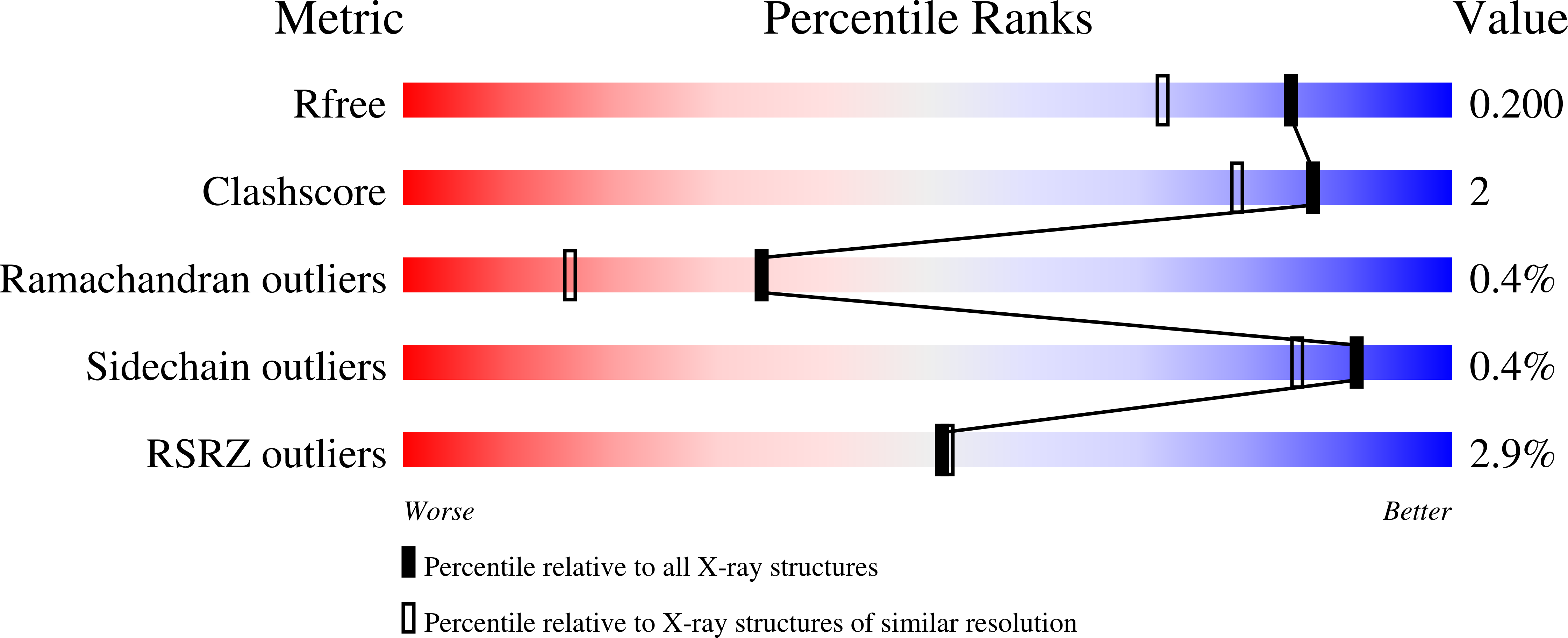
Deposition Date
2005-07-26
Release Date
2005-12-13
Last Version Date
2024-10-16
Entry Detail
PDB ID:
2AFT
Keywords:
Title:
Formylglycine generating enzyme C336S mutant
Biological Source:
Source Organism:
Homo sapiens (Taxon ID: 9606)
Host Organism:
Method Details:
Experimental Method:
Resolution:
1.66 Å
R-Value Free:
0.18
R-Value Work:
0.14
R-Value Observed:
0.15
Space Group:
P 21 21 2


